Troubleshooting Bread Making
Ah, the smell of freshly baked bread! Few of us wouldn’t love to succumb to fresh bread every day – but many of us don’t feel we have the time to bake that often. Bread machines are an excellent alternative for busy bakers.
Bread dough can also be made in bulk, allowed to rise all but the last time, wrapped in plastic and foil, then frozen. Remove dough from the freezer, let it defrost in the refrigerator, then pop it into the oven.
Easy and quick.
But while bread making needn’t be difficult, sometimes things go wrong. Not sure why your homemade bread didn’t rise or why the middle collapsed?
Check out this troubleshooting bread making guide.
Dough Doesn’t Rise
A common cause for this problem is old yeast. For best results, use quality yeast, checking the use by date before purchasing. Also, make certain you purchase the correct type of yeast for the recipe. If, for example, you try to use quick rising yeast when the recipe calls for active dry yeast, you may run into problems.
Store yeast in the refrigerator.
Another common cause of bread that doesn’t rise is killing the yeast with water that’s too hot, or using water that’s too cold. Follow recipes precisely, using a thermometer to gauge the temperature of the water.
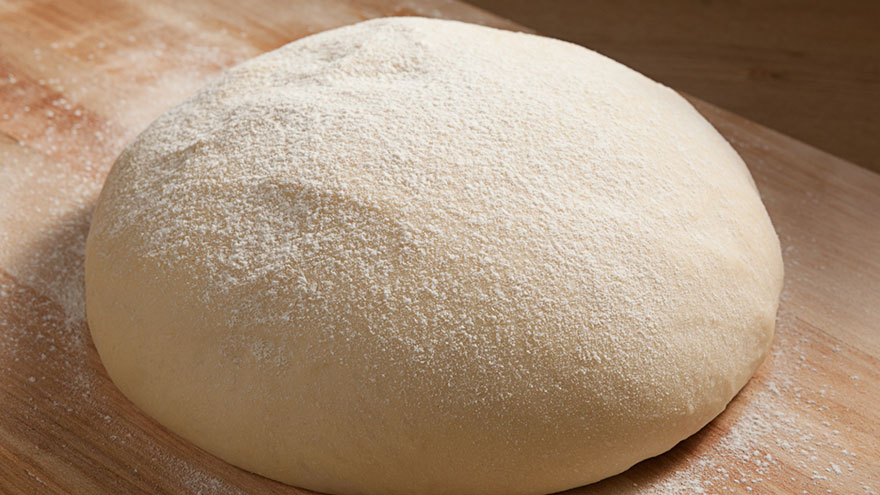
Not giving the dough a warm enough location for rising can be a problem. If the room is cool, turn on the oven and allow the dough to rise in a bowl place on top of – or next to – the stove.
Using too much salt may also reduce the effectiveness of the yeast.
Bread Collapses in Oven
This happens when the bread over-rises; usually this can be corrected by using less yeast.
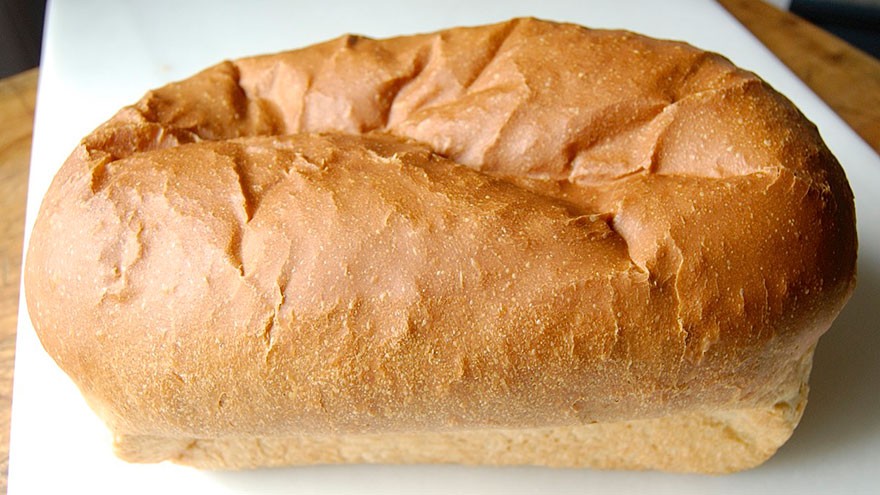
Bread Has a Flat Top
Bread that’s flat on the top, where it should be rounded, has either been allowed to rise too long, or wasn’t kneaded enough.
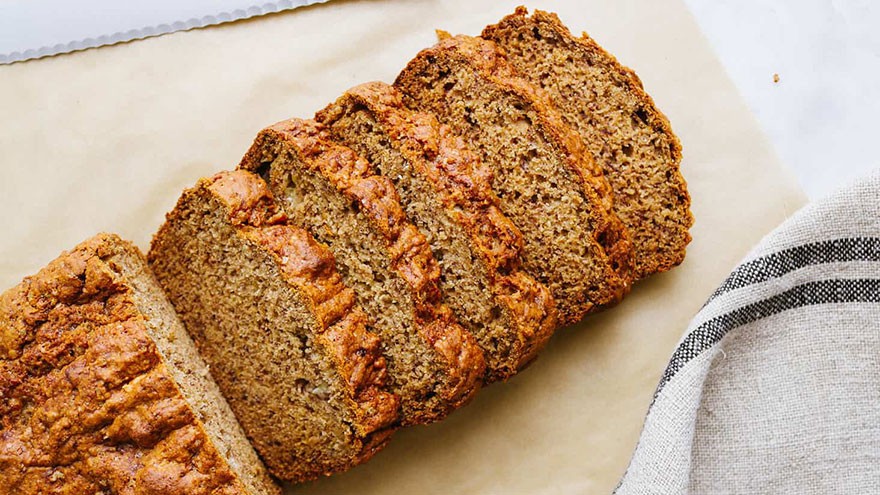
Bread is Too Heavy
Heavy breads are caused by using too much flour and not allowing the dough time to rise. In addition, some flours are simply heavier than others.
For example, a bread made only with whole wheat flour will be much more dense and heavy than bread made half and half with whole wheat flour and bread flour.
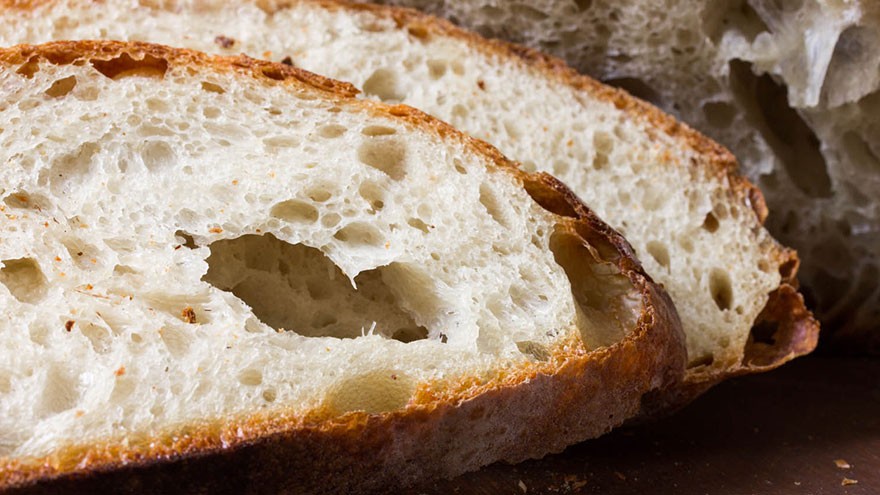
Bread is Too Crumbly
Common causes of crumbly bread include not mixing the dough well enough, using too much flour, baking at too cool a temperature, allowing the bread to rise for too long, or letting the bread rise in a hot location.
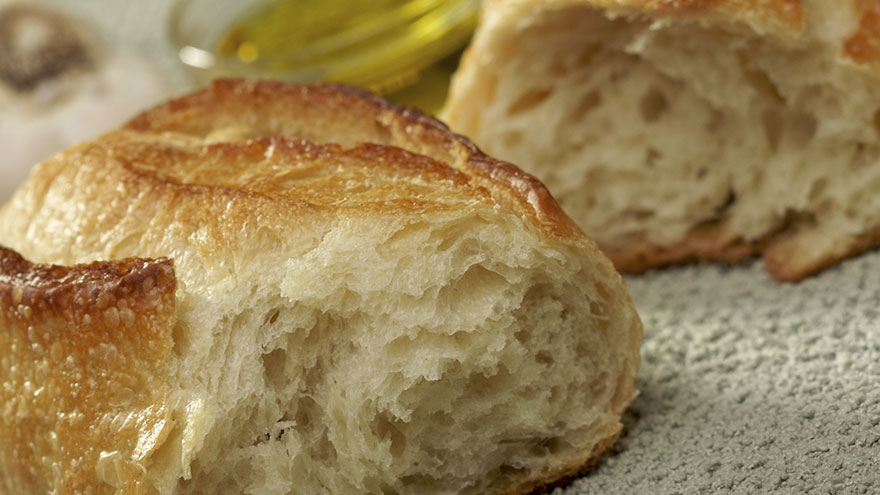
Bottom is Mushy
To prevent soft bottoms, remove bread from the baking pans and allow to cool on a baking rack.
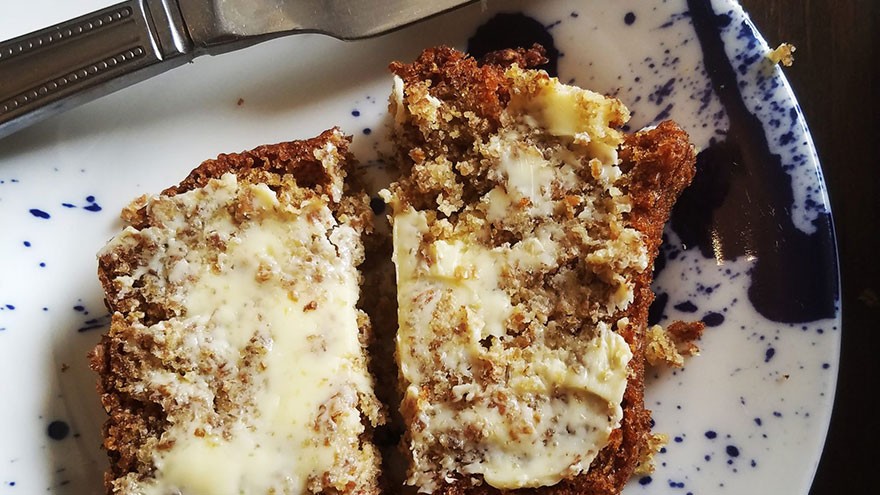
You Might Also Like : Christmas Cranberry Bread Recipe
Check out the video version of this article on YouTube

